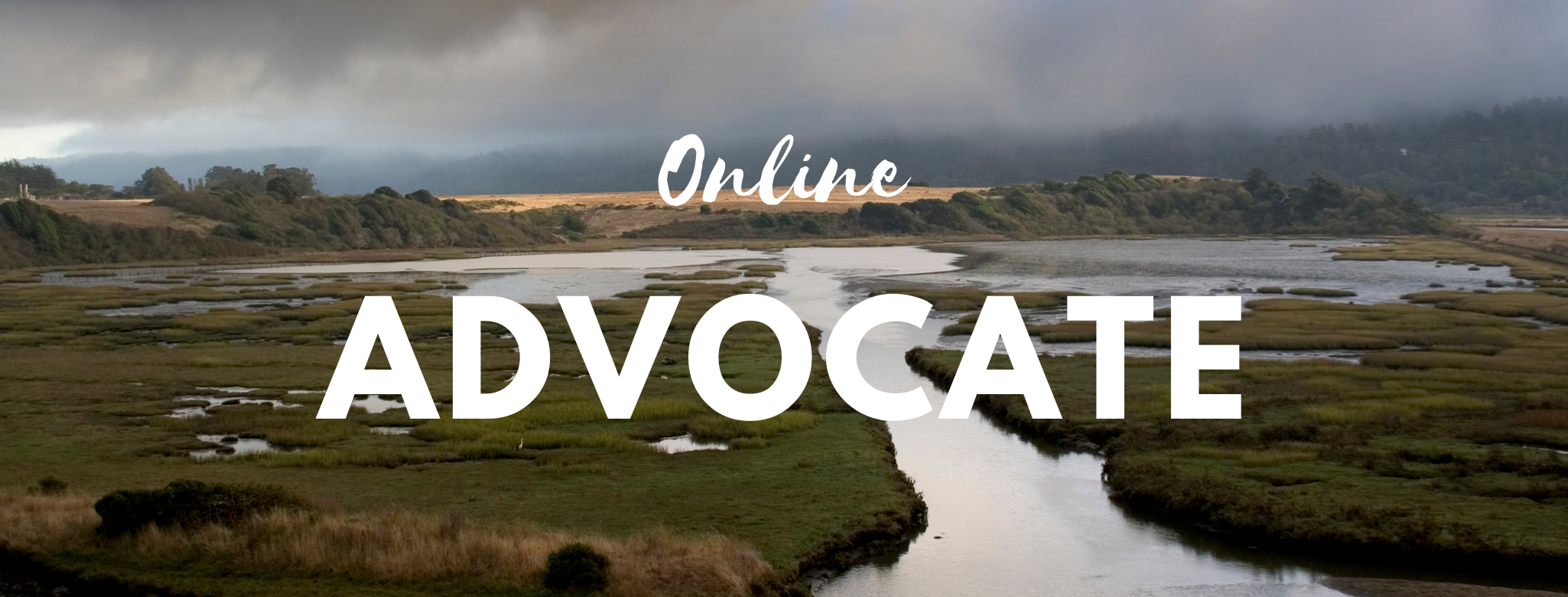 | | "If there's one thing the Covid-19 pandemic has taught us in the past year, it's that we are one humanity, and that the only way to confront shared threats is by working together to find shared solutions," - World Health Organization Director, General Tedros Adhanom Ghebreyesus March 11, 2021 |
| Greetings Friend, I hope this letter finds you safe and well. It was 365 days ago that the World Health Organization declared the coronavirus outbreak a global pandemic. Today, I want to reflect briefly on the last year as it relates to our local environment, EAC, and our plans for the future. Where we were: A year ago, it was business as usual. We just had a great finish to 2019 and were in the middle of planning our 2020 Point Reyes Birding and Nature Festival. Our program team was busy preparing to launch new programs focused on the declining population of the western monarch butterfly, putting the finishing touches on our proactive analysis of Marin County groundwater and climate change, and preparing to launch a community docent program at Duxbury Reef as part of our Marine Protected Area (MPA) Watch program. This was all in addition to our other programmatic priorities and campaigns. When our office closed that week, we thought, like so many others, it was going to be just a few weeks working from home, maybe at most a month. It dawned on us pretty quickly we were in this for the long-haul. The scope of what that exactly meant and how we would cope was not something we would fully realize until many months later. How we changed: During the last year, we adapted our programs and provided training to our teams. We had to place holds on the things we could, and prioritize the other items that needed our attention and focus. We embraced technology and online programming to continue to work together as a team, expand our internship program, and reach new audiences with our online community education programming. We have also been setting aside time to listen, learn and reflect, to reshape our policies, procedures, and approach in order to integrate environmental justice and equity into our work. An unexpected surprise last summer is that we moved our office! An opportunity became available to move into a larger space (two doors down) that would allow us to realize a long-term vision for a public education and outreach space in the heart of Point Reyes Station. We are on track to open this new space in the coming months and can’t wait to engage with our communities in new and exciting ways in the future. Where we are: We are looking at the bright side, vaccines have arrived. Marin County is hoping that most of the 200,000 residents will be fully vaccinated by the end of June and recently reported that we may be able to move into the orange tier by March 23rd. This will lift some restrictions and allow our team to work together in person with safety measures in place. We all miss each other, and you. Today, It seems a little like we’ve returned full circle a year later. We released our western monarch report, Marin's Monarch Movement, and are hosting a couple of online webinars to talk about the declining butterfly population and the connection to the climate crisis. Our groundwater report has been through final edits and we plan to release it at the end of this month along with launching an educational series focused on water. In addition, we have recently welcomed a new member to our team, Leslie Adler-Ivanbrook, as a Program Director, who will manage our MPA Watch program and help launch our Duxbury Docent program in the coming months! What's coming up: I am excited to announce that we are ready to launch the 2021 Point Reyes Birding and Nature Festival! Our event kicks off on Earth Day (April 22nd) and runs through April 25th. The online format allows us to bring in speakers from around the continent and offer new and diverse programming options for people to learn and take those skills into the field with them in the coming months. Don’t miss out, save the date and get your tickets today! I am feeling hopeful and I am also grateful for the support of our community during this difficult year. Our work is made possible because of our grassroots supporters. Thank you for sticking with us this year and I hope to see you online at our upcoming events including the Point Reyes Birding & Nature Festival. In gratitude, |
| 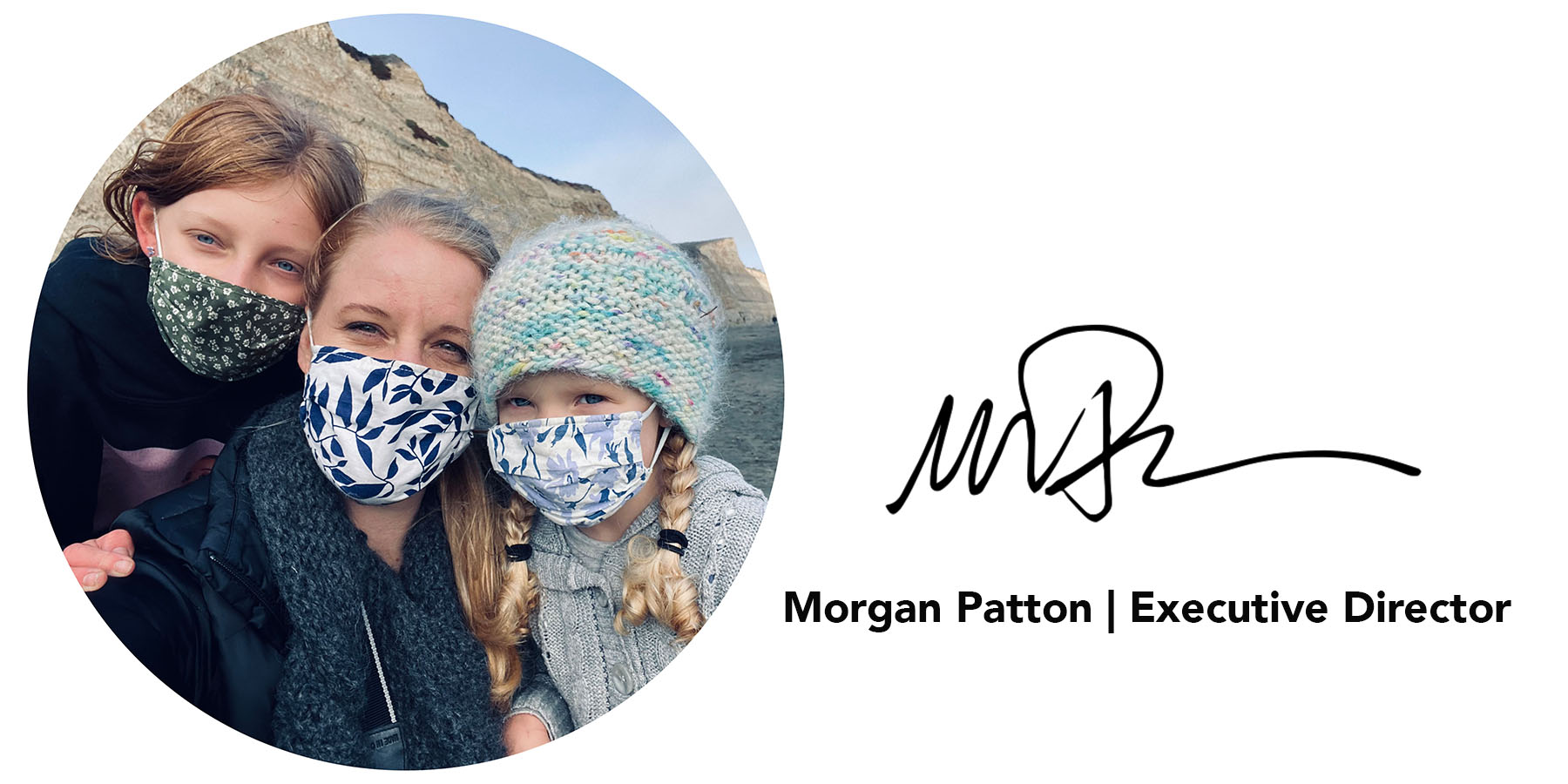 |
|
|  | | MISSION To protect and sustain the unique lands, waters, and biodiversity of West Marin.
We achieve this goal through advocacy, education and engagement opportunities. VISION Our work strives to provide long-term protection and conservation of the unique ecosystems and rural communities of West Marin, and serves as a foundation of environmental protection for future generations. |
| You're Invited! Join us on March 16th from 12pm-1:30pm for our next installment of our online series, Our Coastal Climate. This month's event will focus on Climate, Butterflies, and You! We will learn from insect ecologist and professor Matthew Forister and environmental journalist and author Mary Ellen Hannibal about our changing climate conditions and the impacts on butterfly species (including the western monarch), and how you can get involved through community action to support species through habitat enhancement and community science. The event is FREE. |
| |
|
| | | 2021 Point Reyes Birding & Nature Virtual Festival Come have a hoot with us this April online! In the spirit of keeping the festive in festival, and keeping everyone safe, we are happy to announce our event is going virtual this year! Kicking off on Earth Day, April 22nd, through April 25th, 2021! Join us for our 4-day webinar speaker series offering 24 webinars covering birds, wildlife, and more! Get your LIVE STREAM ONLY PASS or the LIVE STREAM + VIDEO PASS, and watch the recordings through 2021. EAC members receive reduced pricing. Consider becoming a Friend of the Festival sponsor for special perks, including and additional four LIVE ONLY exclusive keynote meet and greets each day + a chance to win special prizes. Gifts are 100% tax-deductible minus any benefits received, and will be matched up to $10,000 in total to help us meet our fundraising goals. Thursday April 22, 2021, featuring: Sarahy Contreras-Martínez, Juan Pablo Galván Martínez, Sarah Killingsworth, Julie Zickefoose, Mia Monroe, Robert Michael Pyle, Cheryl Schultz, Holly Merker, and keynotes Keith Hansen and David Wimpfheimer! Friday, April 23, 2021, featuring: Diana Humple, Bill Leikam, Holly Merker, Lisa Hug, Scott Jennings, and keynote Richard Crossley! Saturday, April 24, 2021, featuring: Mark Dettling and Diana Humple, Sarah Allen, Daniel Edelstein, Sharon Heron Barnett, David Wimpfheimer, and keynote Katie Fallon! Sunday, April 25, 2021, featuring: Megan Isadore, Bruce Mast, Carlos Porrata, Joe Mueller, youth birder Fiona Gillogly, and keynote John Muir Laws! Learn More or Register | Schedule at a Glance
(415) 663.9312 | events@eacmarin.org |
| |
|
| 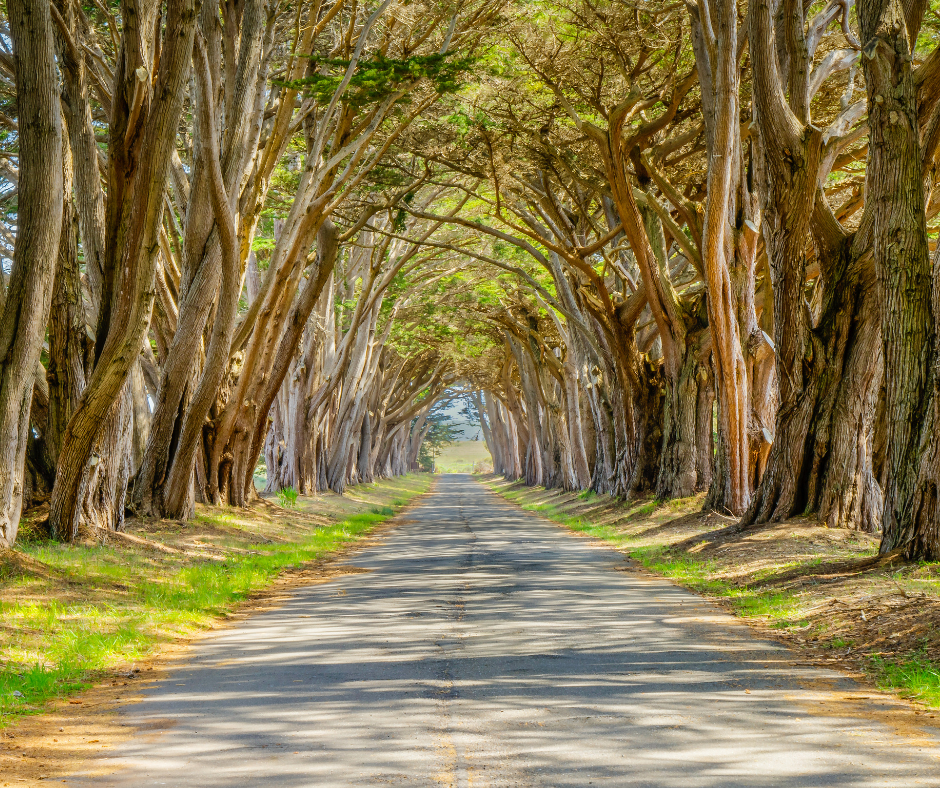 | Visitor Stewardship By: Morgan Patton In the age of social media, many people are learning about coastal Marin online and generally missing out on critical information on how to prepare for their visit. Overtime, this results in negative impacts to our communities and environment through excessive trash and litter, public health issues (due to visitors using the sides of trails and roads as bathrooms), illegal camping, and consumptive uses like collecting and fishing for species in closed areas. There are solutions to these problems, like coordinating with our public agencies, village associations, and network of nonprofits to provide services and increase enforcement. Another pathway includes providing visitor education. This month we are kicking off a new program in partnership with the County of Marin to build online resources and digital resources for people visiting our bioregion. As we develop these resources, we are working with the County of Marin and other public agencies and stakeholders including the Point Reyes National Seashore, Greater Farallones National Marine Sanctuary, California State Parks, Marin County Parks and Open Space, the California Department of Public Health, village associations, and more to help provide information to create online resources to provide visitors with information about our bioregion and how they can visit and recreate responsibly. These online resources will apply best practices like Leave No Trace principles as well as other ideas and solutions that have been compiled by our communities throughout the years. We will keep you posted as our resources are developed and available online. If you have questions or want to learn more, please contact Morgan Patton at morgan@eacmarin.org |
|
|
 | Bringing Back the Beaver By: Morgan Patton & Jerry Meral The North American Beaver (Castor canadensis) is a keystone species with an important role in watershed health and climate change resiliency. Their dams improve water quantity and quality, increase late season flows, reduce the impacts of flooding, and provide beneficial habitat for native and endangered species, like coho salmon and steelhead. Unfortunately, like so many species, the beaver was extirpated in coastal California due to hunting and trapping. By 1916, less than 1,000 beavers remained in California. Today, organizations, like the Occidental Arts and Ecology Center (OAEC), have started programs to provide information about the North American Beaver and partner with organizations to explore reintroduction areas. EAC and other local stakeholders have partnered with OAEC on a Beaver Restoration Feasibility Assessment for coastal Marin. The goal of this study is to understand if it would be feasible to bring beaver back to coastal Marin County watersheds. Historically, beavers were present in coastal Marin and beaver were reintroduced to Point Reyes National Seashore in the 1940s. Last week, OEAC and partners, met with individuals from the Olema Valley Association to discuss the potential for reintroduction of beaver along Olema Creek. There seems to be high interest in the potential for beaver reintroduction and the benefits they could provide for the watershed. The study will be complete in the coming months and we will keep you informed and ways you can engage. In the meantime, we recommend downloading OAEC’s publication, Beaver in California: Creating a Culture of Stewardship, to gain an understanding of the benefits, challenges, history and policies. We will keep our community updated when the study is finalized. |
|
|
| 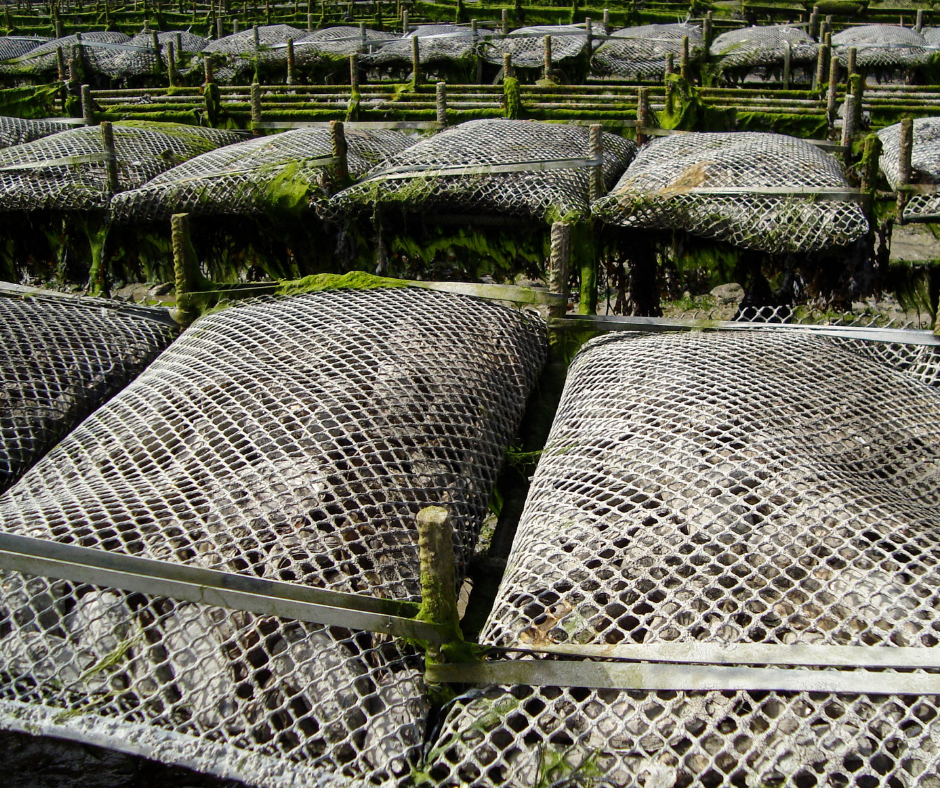 | Sustainable Aquaculture Updates By: Ashley Eagle Gibbs Our work on local and state aquaculture continues, and we have been busy! Last week, we organized a joint letter (with nine other NGOs) to the California Fish and Game Commission in advance of the Marine Resources Committee meeting regarding state aquaculture. Our letter supports a continued hiatus on the acceptance of any new aquaculture leases, the California Ocean Protection Council’s development of statewide coordinated aquaculture principles and a state aquaculture action plan, the California Coastal Commission’s December 2020 Final Coastal Development Permit (CDP) Application Guidance. In addition, we raised concerns with unsustainable types of aquaculture such as bivalve facilities that use pesticides, operations that damage eelgrass, and any large finfish facilities. We plan to testify at the March 16th Marine Resources Committee public meeting. Next week’s discussion follows up the November 2020 meeting where the Fish and Game Commission voted to extend the hiatus on new aquaculture leases for four months. Keep Reading & Learn More |
|
|
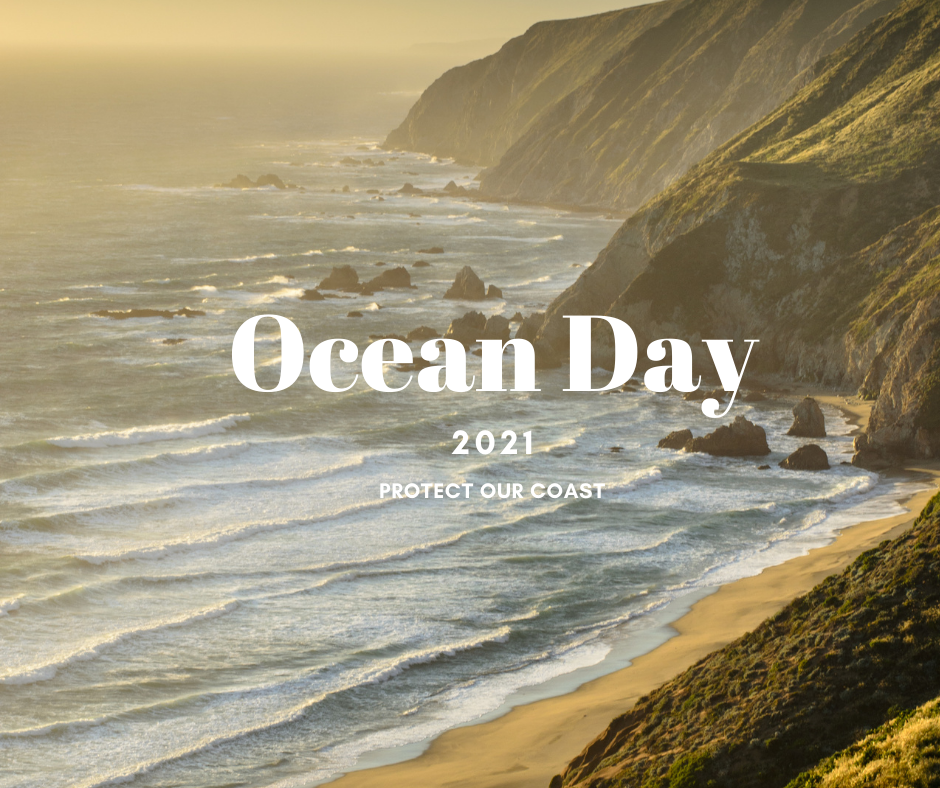 | 30x30 Protecting Land and Water By: Ariel Orr, EAC Legal and Policy Intern On March 9th, EAC participated in the 16th annual California Ocean Day, where our team joined with advocates from across the state to celebrate our marine environment. In addition to meeting with our representatives Assemblymember Marc Levine and State Senator Mike McGuire, EAC also attended a panel discussion regarding the “30x30” initiative with Secretary of Natural Resources Wade Crowfoot, Assemblymember Lorena Gonzalez, and other leaders in the field. “30x30” refers to an ambitious conservation goal to protect 30% of our lands and coastal waters by the year 2030. Last October, Governor Gavin Newsom issued an executive order committing to 30x30 and directing state agencies to work towards storing carbon in California’s natural and working lands to address both climate change and ecosystem destruction. In January, President Biden also issued an executive order directing the Secretary of the Interior to submit recommendations for conserving 30% of the nation’s lands and waters by 2030. Read the press release from the Department of the Interior here. Keep Reading & Learn More |
|
|
| | Opportunities for Engagement |
|
|
| 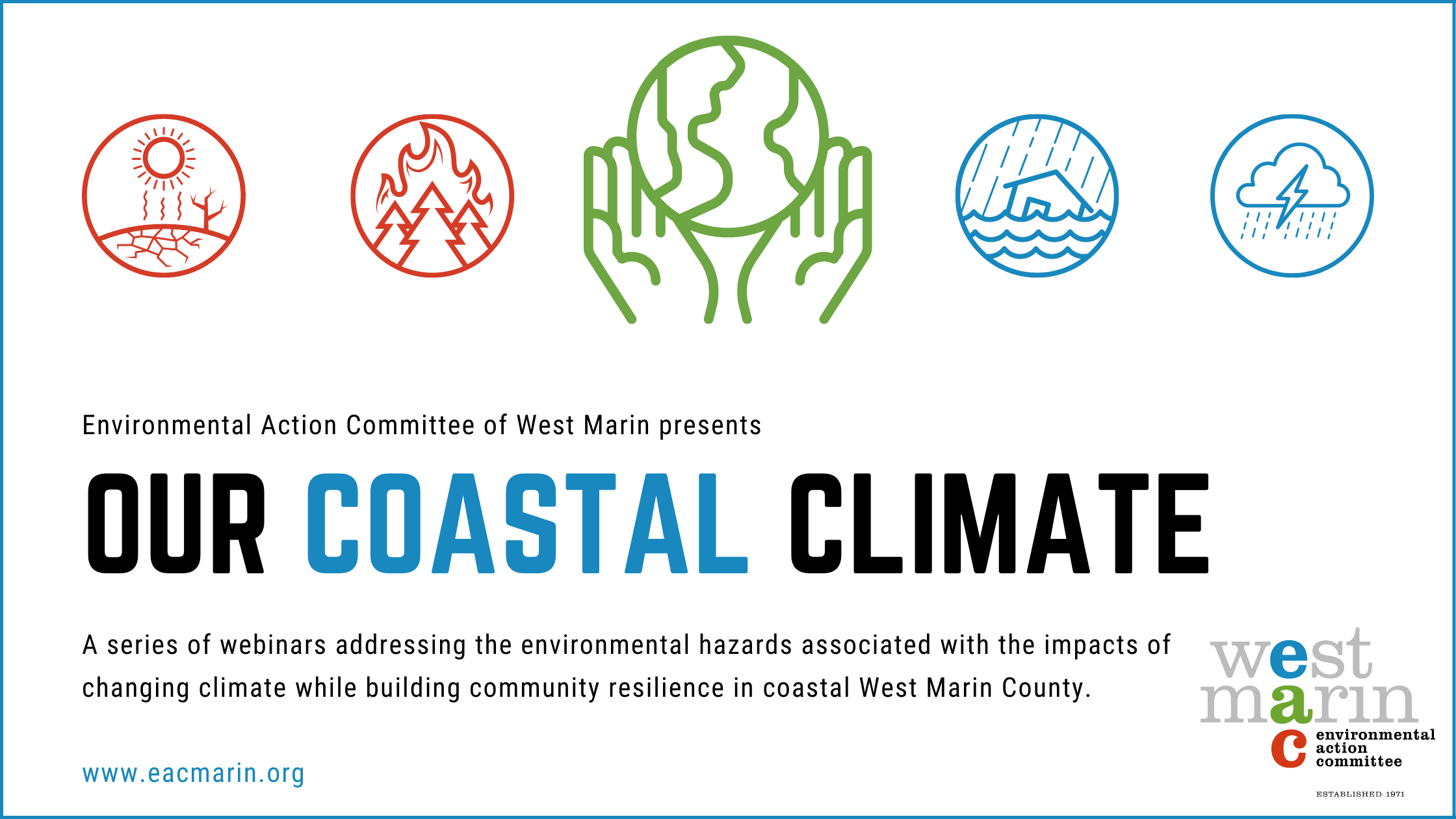 | Join us for an afternoon exploration with insect ecologist and professor Matthew Forister and environmental journalist and author Mary Ellen Hannibal about our changing climate conditions and the impacts on butterfly species and how you can get involved through community action to support specific species by enhancing habitats and participating in community science programs. Learn More & Register |
|
|
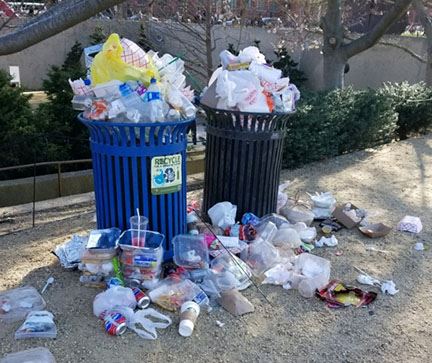 | Join our friends at the Environmental Forum for their event Full Life, Empty Trash Bin, on March 24, 2021 focusing on how to choose sustainable consumption over wasteful consumerism. Learn More & Register |
|
|
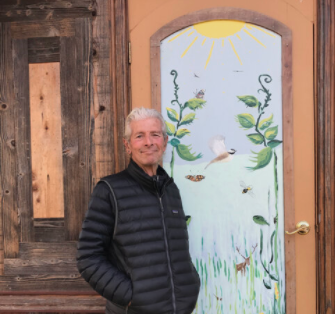 | Join our friends at West Marin Climate Action on March 18th to learn from gardening expert Mark Butler. Mark and Meg have been growing food in their garden and a water catchment system for 30 years! Their productive garden supplies fresh food for two families every year! Learn More & Register |
|
|
| | Social Media Round Up EAC utilizes social media to communicate about important events, policy related items, and more. We wanted to share with our entire audience some of the posts and updates from last month to keep you up to date. Just click the below images to learn more! |
|
|
| 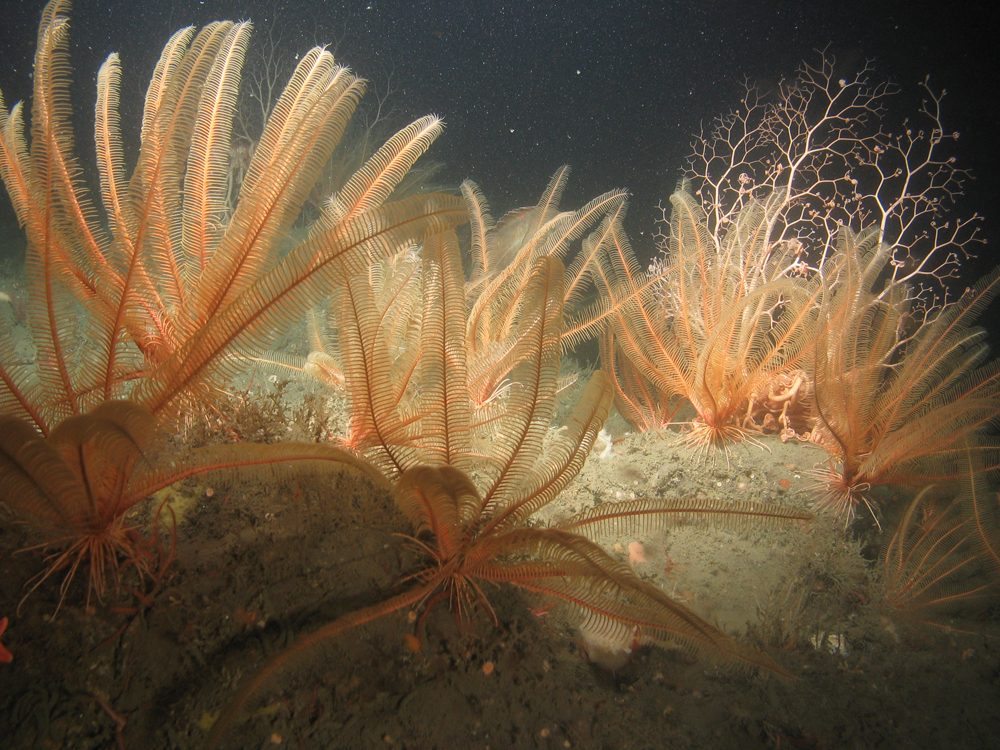 | Did you know there are canyons, some as deep as the Grand Canyon, lurking beneath the surface of the ocean off California's coast?! ... |
|
|
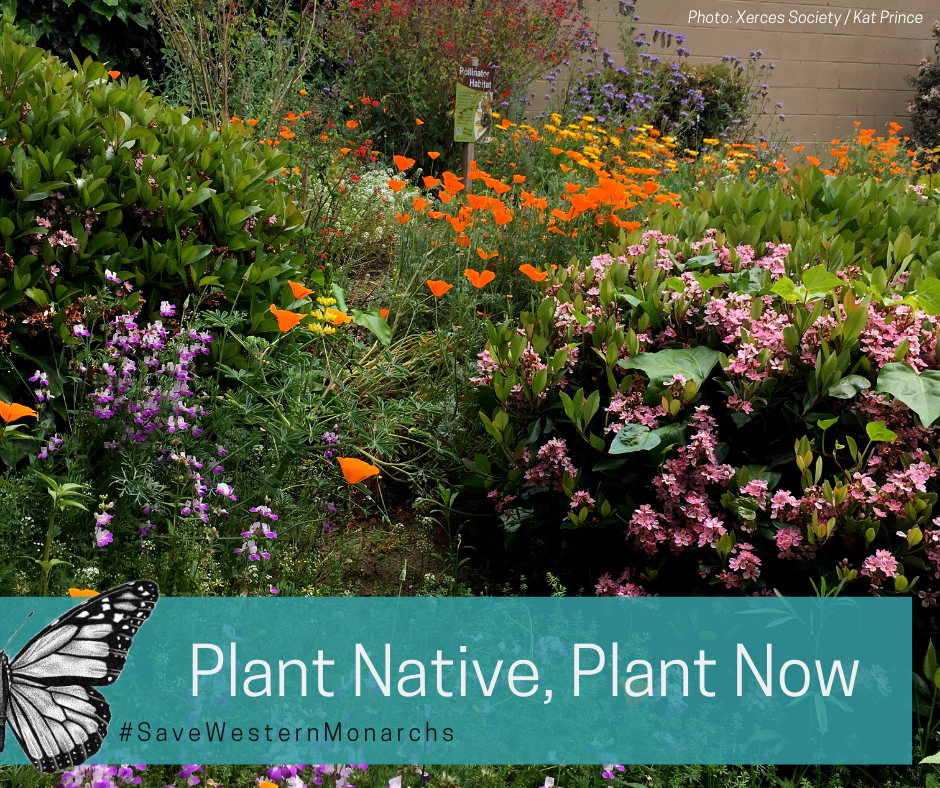 | #WesternMonarchs are leaving the overwintering grounds, so the sooner you begin planting habitat, the better! Monarchs need nectar plants to fuel their migration and native milkweed to lay their eggs... |
|
|
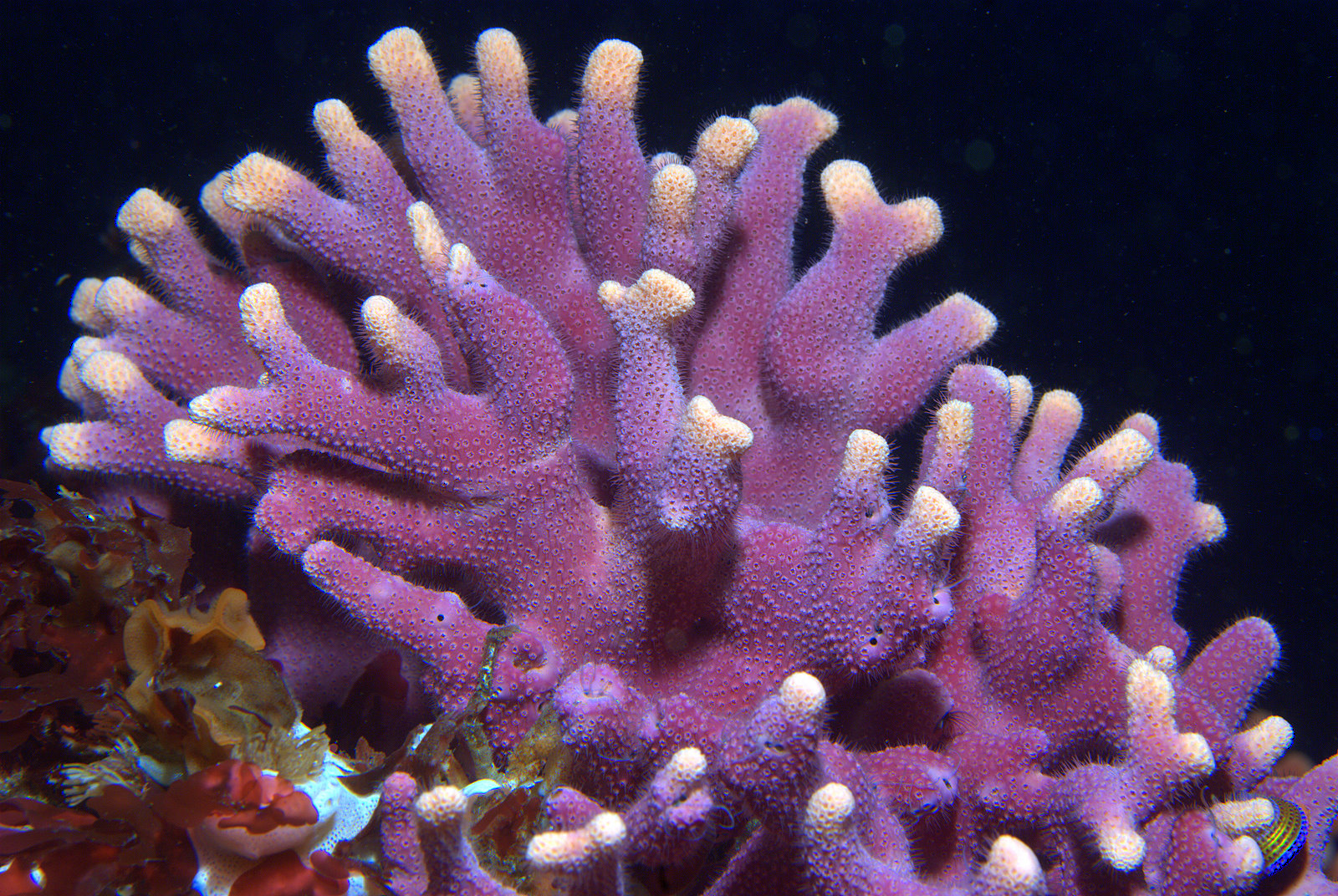 | Did you know coral lives in California?! While far from tropical coral reefs, our coastal waters, and some of our marine protected areas (MPAs), are home to deep-water coral species like purple hydrocoral (Stylaster californicus) that can be found from northern California to central Baja... |
|
|
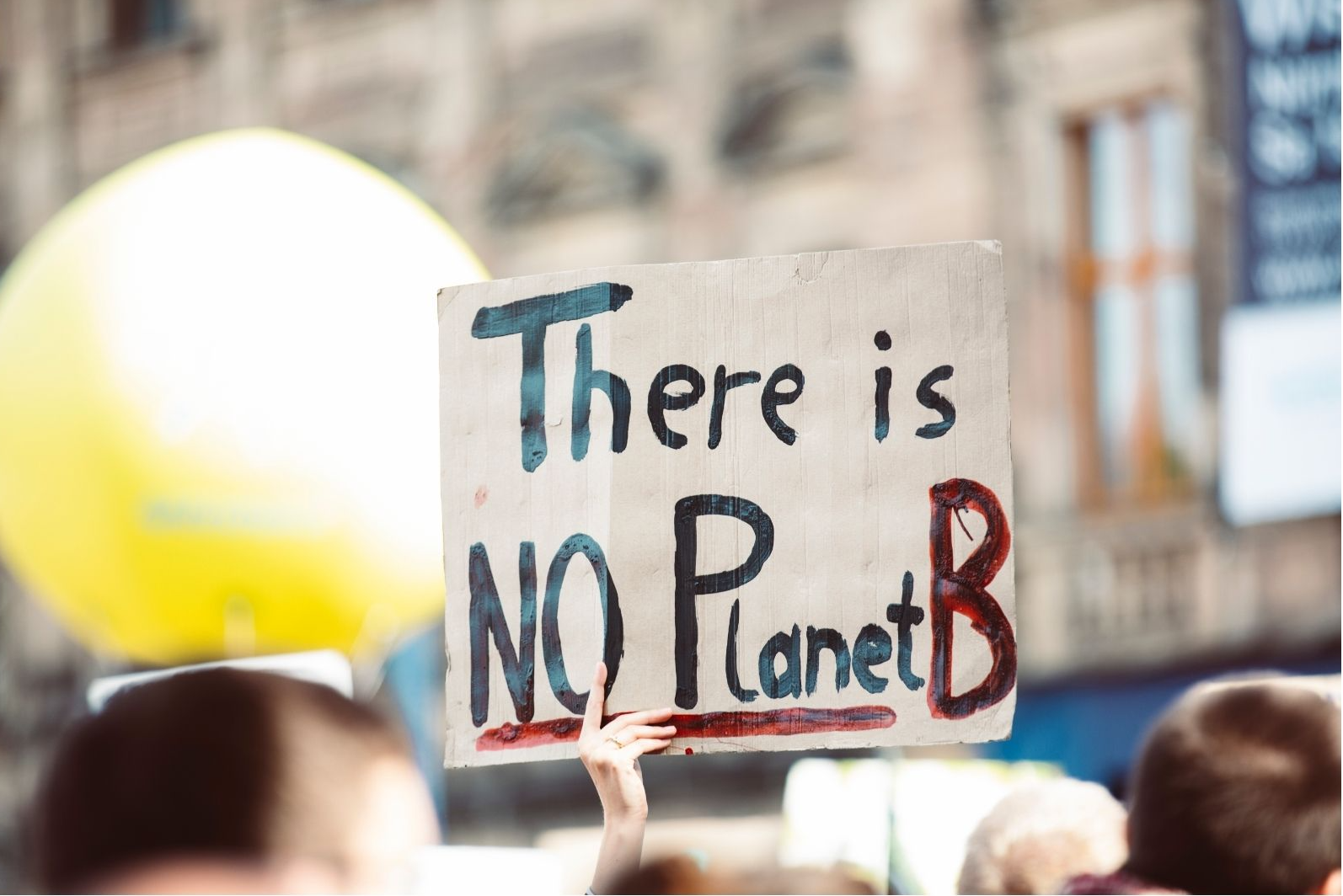 | We are encouraged by the changes that we have seen so far, including Biden’s move to pause new offshore oil leases and the federal legislation, the West Coast Ocean Protection Act... |
|
|
| | Learn More About Our Campaigns |
|
|
| | | | | Our Online Store - Giving with Purpose Give a gift with purpose and support our nonprofit mission with a gift from our online store. Shop wildlife notecards, prints, or our West Marin Wild reusable cups and utensils. Shop Now |
|  | |
|
| Contact Us Environmental Action Committee of West Marin (EAC)
PO Box 609 | 65 Third Street Suite #12
Point Reyes Station, CA 94956
(415) 663.9312 | info@eacmarin.org
www.eacmarin.org | www.pointreyesbirdingfestival.org |
| |
|
|